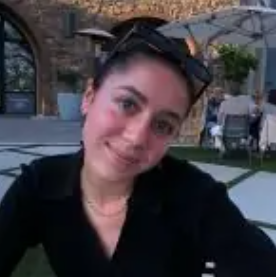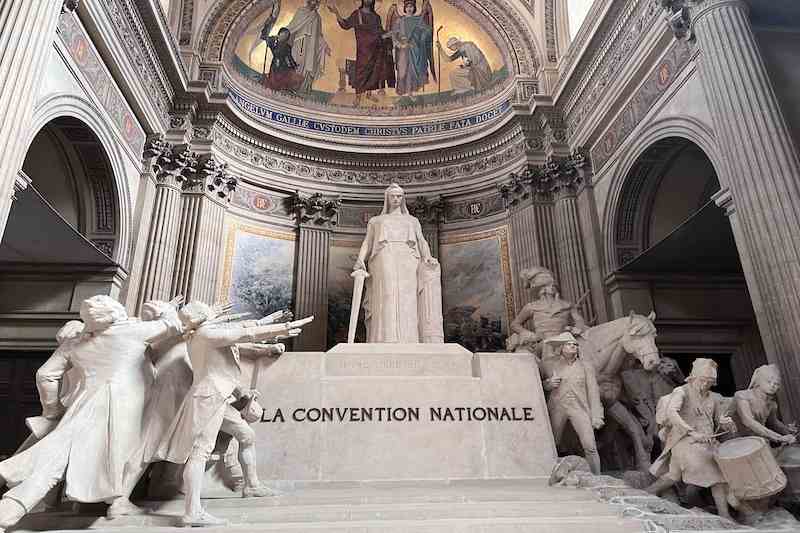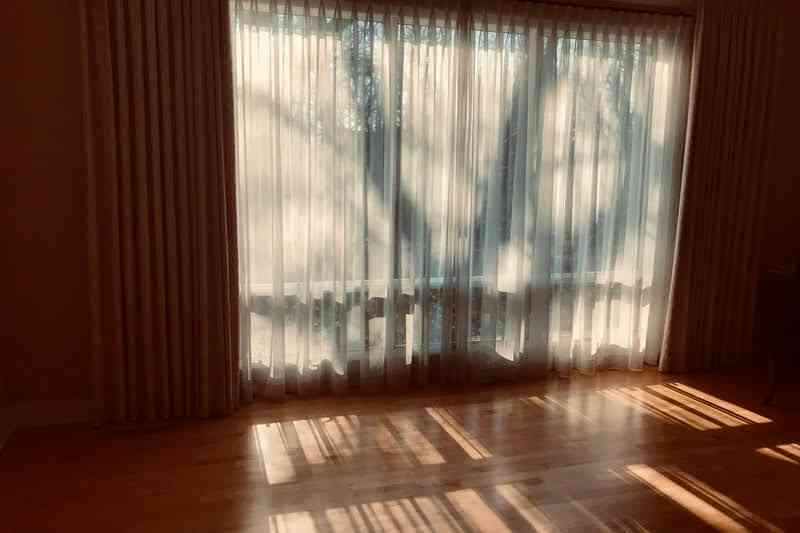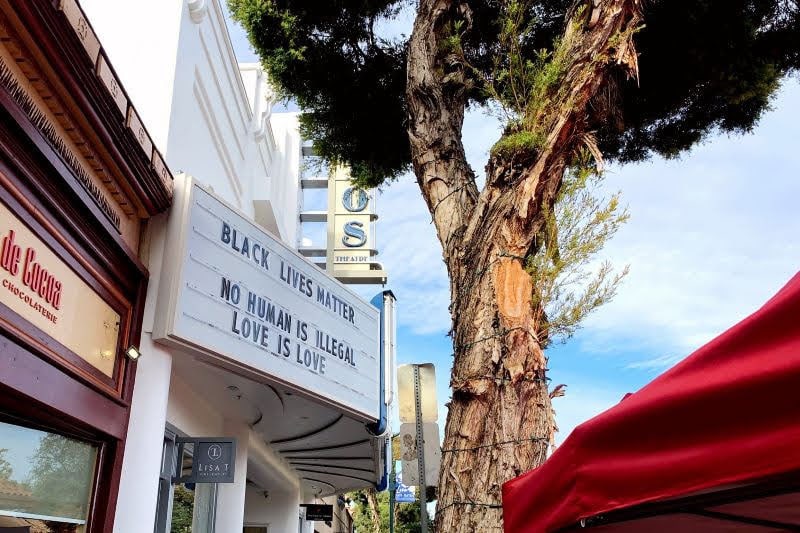When you learn something new in school, have you ever asked yourself, “When are we ever going to use this in real life?” I know I have. Many times (especially in calculus). This past year I took AP European History. Don’t get me wrong, I love learning about history, but how is knowing that Henry VIII had six wives gonna help me in life? Why, as a U.S. citizen, do I need to know the complete history of how Europe became what it is today? Well, this summer I spent three weeks in France, exploring and immersing myself in French history and culture, and I came home with an answer…
I visited several museums on the trip, the first of which was the Panthéon. It was originally built in the form of a church to glorify the monarchy by Louis XV’s wish, but it was later deconsecrated and renamed the Panthéon during the French Revolution. Many famous writers, scientists, politicians, and more are buried there, such as Murie Curie, Voltaire, and Jean-Jaques Rousseau.
In addition to tombs, the museum houses many paintings, some of my favorites being the sequence of the Joan of Arc. I found it really unique and interesting that the sequence of eight large paintings covers the entire wall, telling the story of Joan of Arc and her hero’s journey. The story begins with 16-year-old Joan, who was a shepherdess at the time, hearing voices telling her to go to war and save France from England. The story of Joan’s heroic fighting in the Hundred Years’ War continues along the wall and ends just before she is tragically burned at the stake. Seeing her journey through a sequence of eight remarkable paintings provided a special way of learning her story. Without reading the plaques under each painting, I knew exactly who she was because I remembered learning about her in AP Euro.
Visiting the Panthéon brought these historical people I had taken tedious notes on to life, completely changing my perspective on them. I realized that these were real people with real stories that we still learn today. I saw familiar names like Voltaire and Rousseau, important figures of European history and world-renowned political philosophers. With my background knowledge, I was able to interpret statues and paintings in a new and unique way. I understood the historical context for each piece. Although a painting or statue captures one action or moment in time, with my prior knowledge, I understood what happened before, during, and after what was depicted. My interpretation was broader and deeper than what I had expected.
Obviously, coming to France, I knew I was going to recognize historical names and events, but I did not expect to feel so connected to the art. It felt special that I knew more about the story than what was depicted. A monument that stood out to me was La Convention Nationale. This monument tells the story of the first French government organized as a republic during the French Revolution, abandoning France’s monarchical roots. It felt empowering to see this monument and understand its meaning and the story it was telling without having to actually read about it. I was traveling with two cousins (ages ten and twelve), my older brother, and my grandparents, and I carried a lot of excitement and pride in telling them about these events and people.
The next museum was the glorious Palace of Versailles. Unfortunately, I did not get to see the gardens, but I did take a guided tour with my family through the living quarters and ballrooms. The architecture and art were astonishing to see in real life. It felt so surreal to see the history I learned in class come to life. The palace was huge, yet I still can’t comprehend how it accommodated 5,000 people. I recognized art styles (mainly Baroque) incorporated in the architecture and design of the palace, which I would have never detected prior to taking the class.
Finally, I visited the Louvre. The Louvre was very interesting and probably my favorite museum of all. My family and I took another guided tour, and I am so glad we did because our tour guide went into detail on certain paintings and pointed out things that you would never see if you were just walking around. She explained not only the story of the painting but also the story of the artist. Of course, we saw the famous Mona Lisa… from a distance. It was crazy how many people were in line to see the small portrait, but after learning about its complexity in class and hearing more on the tour, I understand the appeal. The tour guide mentioned how DaVinci used a technique called chiaroscuro, and I felt very smart that I knew what that was! While walking, I identified a lot of paintings that looked like Mannerism art. The elongated figures in an eerie purple color stood out to me. I recognized those features from studying this art style in class.
It was truly remarkable to visit the places I have learned about in class. It would have been a very different experience had I not known the history behind each place, person, and event. I felt very educated and cultured after studying this history for a year, and there were times I got to show off a bit of what I had learned. I’m still having trouble figuring out when I would need to use calculus in life, but once I do, I’m going to feel glad I learned it.
Next time you learn something new that you feel would be useless in real life, think again. You never know when you’re gonna need to dig deep in the back of your brain for some information you deemed “useless.” You’ll sound really intelligent if you do.
Originally published on jGirls+ Magazine, January 2024.






